Women's Cycling in Australia: Breaking Barriers and Building Community
Exploring the unique challenges faced by female cyclists in Australia and celebrating the communities, advocates, and athletes driving positive change in women's cycling.
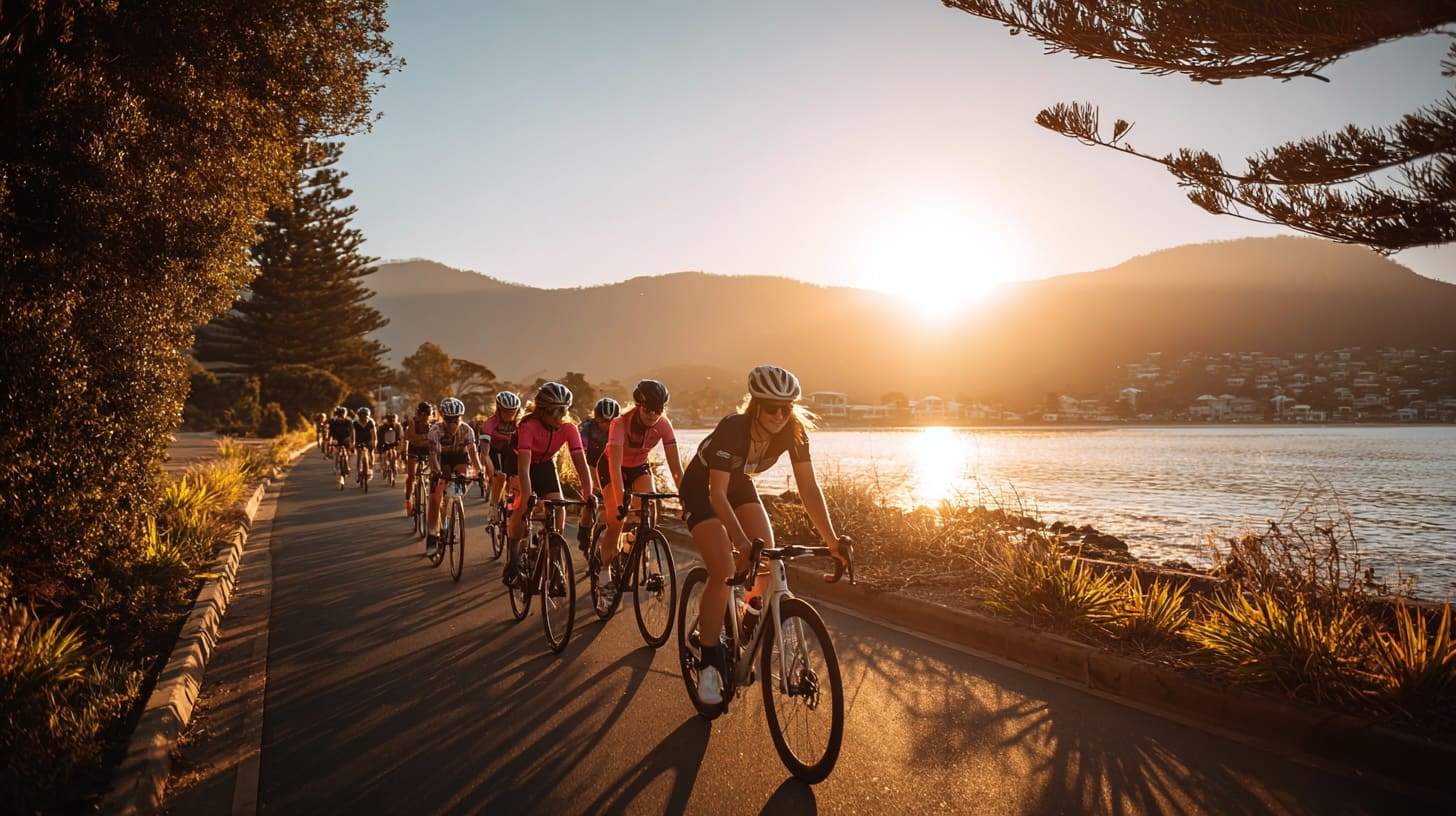
Women's cycling in Australia is experiencing a remarkable transformation. While female cyclists continue to navigate significant barriers related to safety, confidence, and representation, a powerful movement of community initiatives, advocacy groups, and inspiring athletes is reshaping the landscape. With women comprising only about one-third of Australian cyclists and less than 20% of major cycling event participants, there's both a challenge to address and an opportunity to embrace.
Understanding the Unique Challenges
Safety: The Primary Concern
For many Australian women, safety remains the most significant barrier to cycling. The concerns go beyond general road safety to encompass specific challenges that disproportionately affect female cyclists. Women report higher levels of discomfort when riding near motor vehicles, with aggressive driver behavior and inadequate cycling infrastructure creating genuine safety concerns.
The issue extends beyond daylight hours. Women riding at night or in isolated areas face additional personal safety concerns that their male counterparts may not experience to the same degree. Poor lighting on bike paths, isolated stretches of cycling routes, and the general vulnerability of being alone contribute to a complex safety landscape that requires thoughtful navigation and community support.
Building Confidence and Knowledge
Many women entering the cycling world encounter a steep learning curve that extends beyond simply riding a bike. The technical aspects of cycling – from choosing the right bike to performing basic maintenance – can feel overwhelming, especially in environments that may seem male-dominated or intimidating. Research shows that many women desire supportive, non-intimidating spaces where they can learn at their own pace without fear of judgment.
This confidence gap isn't just about mechanical knowledge. It encompasses route planning, understanding road rules from a cyclist's perspective, and developing the assertiveness needed to claim space on the road. The psychological barriers can be just as significant as the physical ones, requiring targeted support and encouragement to overcome.
Representation and Visibility
When women don't see themselves reflected in cycling culture, it becomes harder to imagine themselves as part of it. The underrepresentation of women in cycling media, professional racing coverage, and even local cycling groups sends an implicit message that cycling is primarily a male domain. This lack of visibility creates a self-perpetuating cycle where fewer women take up cycling, leading to continued underrepresentation.
Safety Strategies That Work
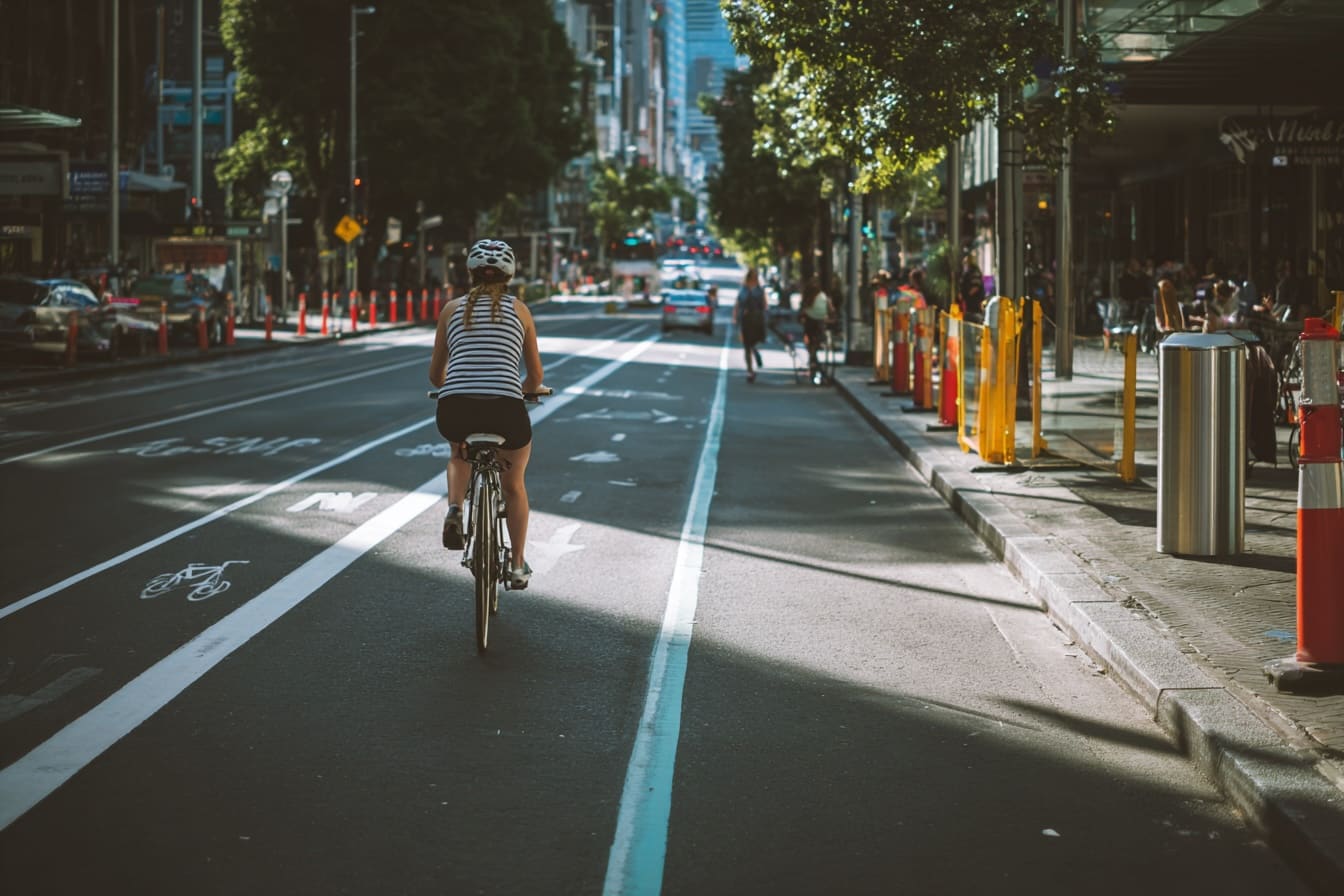
Smart Route Selection
Australian women cyclists have developed sophisticated strategies for safer riding. Many choose quieter roads and well-lit bike paths, even if these routes are longer than the most direct path. Separated cycleways have become particularly valued infrastructure, providing a physical barrier between cyclists and motor vehicles.
Planning rides during daylight hours, avoiding known problem areas, and sharing route information within women's cycling groups have all become part of a collective safety strategy. Apps and online platforms that allow cyclists to share safe routes and report hazards have become invaluable tools in the community.
Visibility and Equipment
Being seen is crucial for safety, and women cyclists are leading the way in visibility best practices. High-visibility clothing in bright colors with reflective elements has become standard gear. Quality front and rear lights aren't just for night riding – many women use them during daylight hours to increase visibility.
Beyond basic safety equipment, many women invest in additional safety tools such as personal alarms, GPS trackers that share location with trusted contacts, and phones mounted for easy access. These measures provide both practical safety benefits and psychological comfort.
Skill Development Programs
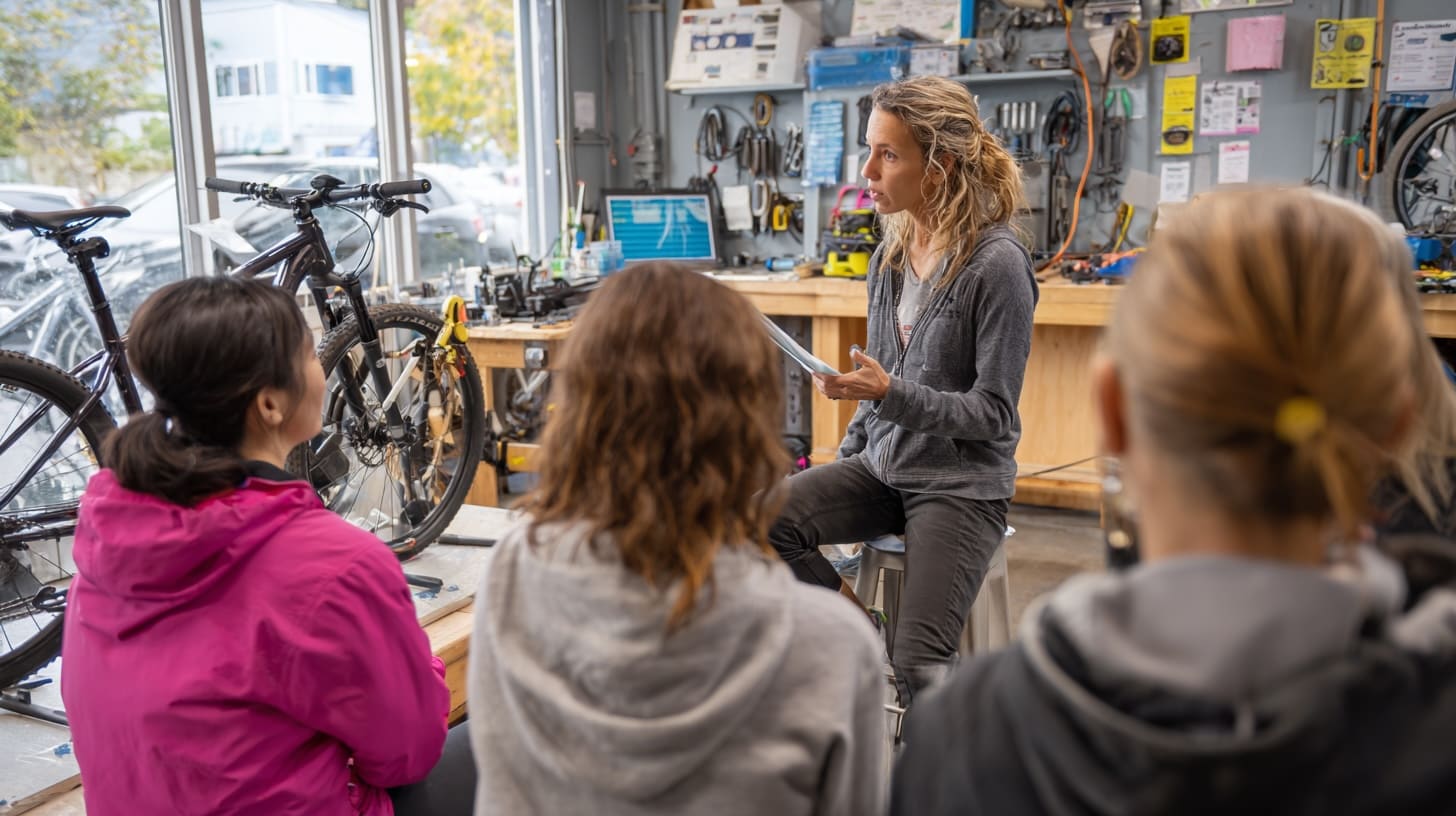
Targeted skill development has emerged as a powerful tool for building confidence and safety. Programs like Women on Wheels in Western Australia offer comprehensive training that goes beyond basic riding skills. These programs cover:
- Traffic awareness and road positioning
- Basic bike maintenance and roadside repairs
- Group riding etiquette and communication
- Route planning and navigation
- Assertiveness and claiming road space
The supportive, women-only environment of these programs allows participants to learn without the pressure or intimidation they might feel in mixed groups.
The Power of Community
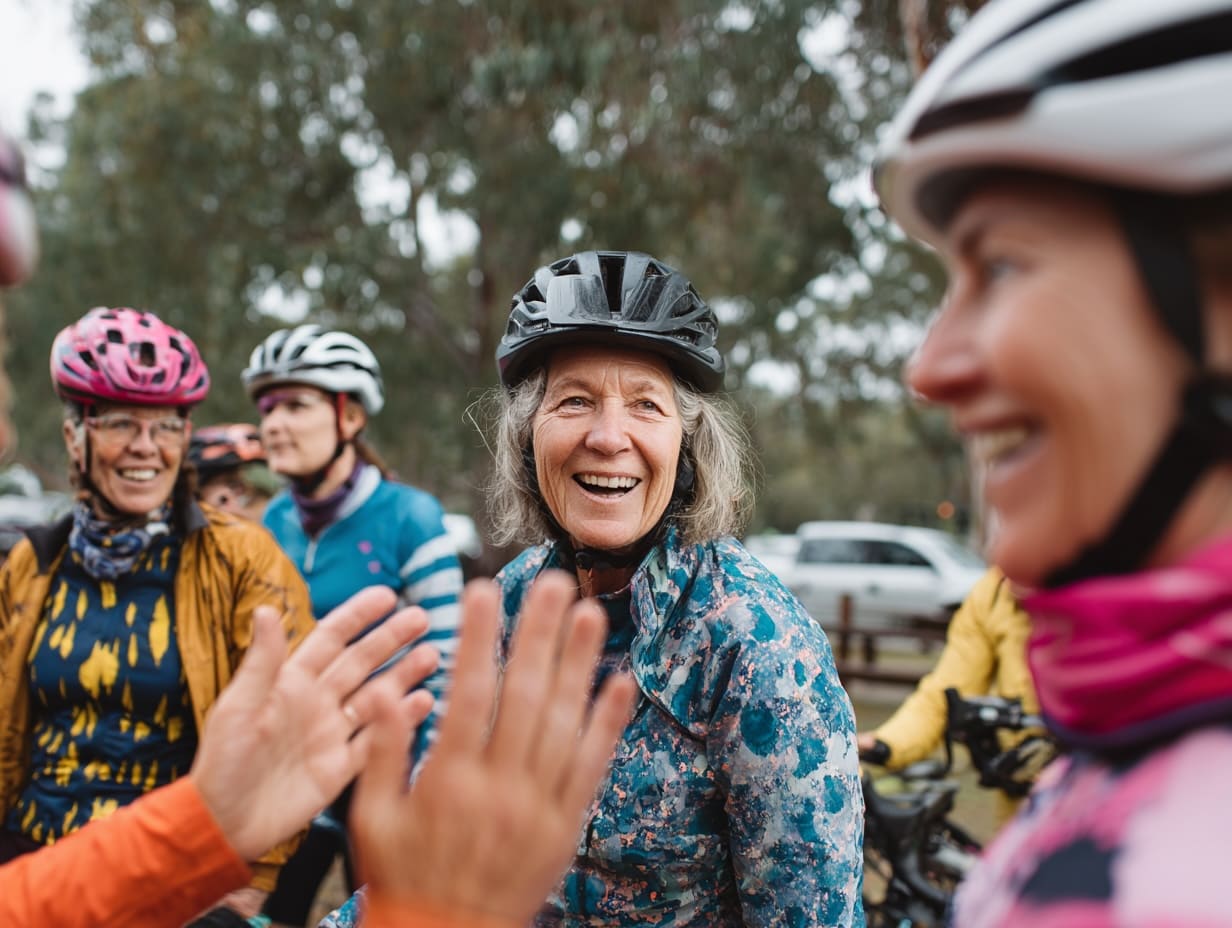
Grassroots Groups Making a Difference
Across Australia, grassroots women's cycling groups are creating the change they want to see. Wheel Women, founded in 2012, emerged from a recognition that many women were experiencing self-doubt and lacking confidence in cycling spaces. The group has grown into a national movement, providing a welcoming space for women of all skill levels and backgrounds.
Chicks Who Ride Bikes, which started in Brisbane and now has a national presence, takes an inclusive approach that welcomes women and non-binary riders at any stage of their cycling journey. Their combination of real-world group rides and online community support has created a model that other groups are now emulating.
The Bicycle Network Women's Community hosts free rides, mentoring programs, and workshops specifically tailored for women seeking confidence and connection. These aren't just cycling groups – they're support networks that address the full spectrum of challenges women face in cycling.
Signature Programs and Initiatives
The MIND.BODY.PEDAL initiative represents a holistic approach to women's cycling, recognizing that barriers aren't just physical but also mental and emotional. The program combines fitness training with mental health support and community building, creating a comprehensive support system for women entering or returning to cycling.
Regular women-only rides have become a cornerstone of community building. These rides, often categorized by pace and distance, allow women to find groups that match their fitness level and goals. The "no drop" policy adopted by many groups ensures that no rider is left behind, creating a supportive environment where improvement happens at individual pace.
Voices from the Peloton: Australian Athletes Leading Change
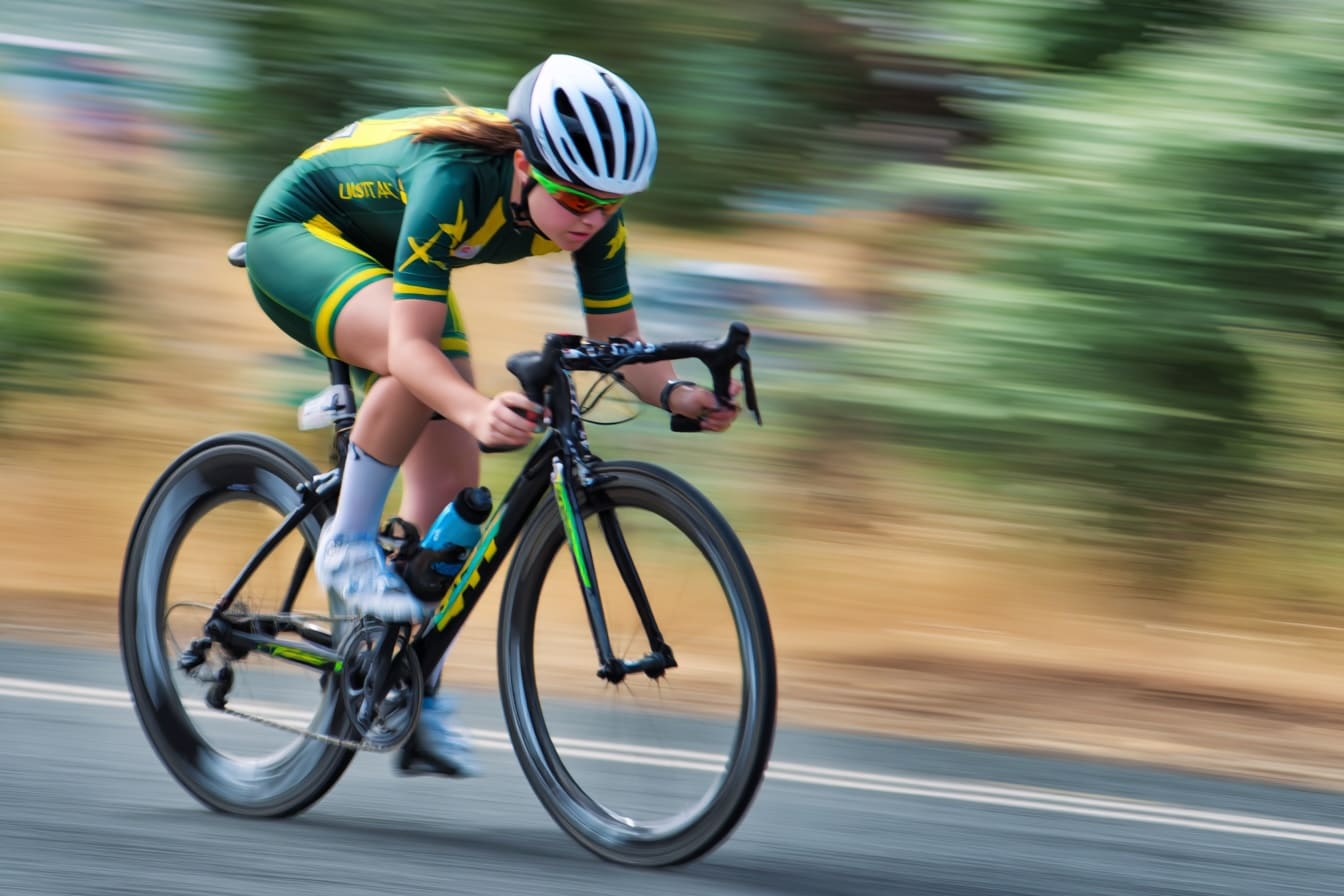
Sarah Gigante: Resilience and Inspiration
Sarah Gigante, one of Australia's top professional cyclists, has become a powerful voice for women in cycling. Her journey through injury and return to elite competition exemplifies the resilience that characterizes many women in the sport. Sarah uses her platform to emphasize that cycling is about growth and joy, not just competition, making the sport more accessible to women who might be intimidated by its competitive aspects.
"Every woman who gets on a bike is changing the narrative," Sarah has said, encouraging women to see themselves as part of cycling's evolution regardless of their speed or distance.
Katherine "Katey" Bates: From Olympics to Grassroots
Two-time Olympian Katherine Bates has transitioned from elite competition to grassroots advocacy with remarkable impact. As a leader in Chicks Who Ride Bikes and other community initiatives, Katey brings Olympic-level expertise to everyday riders, breaking down barriers between elite and recreational cycling.
Her mentorship approach focuses on skill-building and inclusive participation, showing that the lessons learned at cycling's highest levels can benefit riders at every level. Katey's work demonstrates that elite athletes can play a crucial role in growing women's participation in cycling.
A Constellation of Stars
The Australian women's cycling scene is illuminated by numerous inspiring figures. Amanda Spratt's advocacy for women's racing equality, Tiffany Cromwell's social media presence normalizing women in professional cycling, Grace Brown's Olympic success, and Lauren Kitchen's community engagement all contribute to a rich tapestry of role models.
These athletes share personal stories that resonate beyond racing results. They talk about overcoming fear, dealing with setbacks, balancing life and cycling, and finding joy in the journey. Their openness about challenges makes cycling more relatable and achievable for women considering taking up the sport.
Building Momentum: The Path Forward
Infrastructure and Advocacy
The future of women's cycling in Australia depends partly on continued infrastructure investment. Separated bike lanes, well-lit paths, and secure bike parking all disproportionately benefit women cyclists by addressing their primary safety concerns. Advocacy groups are pushing for infrastructure design that considers women's specific needs and usage patterns.
Local councils and state governments are beginning to recognize that increasing women's cycling participation requires targeted approaches. Some councils now require gender impact assessments for new cycling infrastructure, ensuring that projects consider how different groups will use and benefit from new facilities.
Technology and Innovation
Digital platforms are playing an increasing role in supporting women cyclists. Apps that allow route sharing, virtual group rides, and online coaching are breaking down geographical and time barriers that have traditionally limited women's participation. Online communities provide 24/7 support and advice, creating a constant connection to the cycling community.
Virtual racing and training platforms have created new competitive opportunities that sidestep some traditional barriers, allowing women to compete and train in safe, controlled environments while building fitness and confidence for outdoor riding.
Cultural Shift
Perhaps most importantly, there's a cultural shift occurring in Australian cycling. The conversation has moved beyond simply encouraging women to cycle to addressing the systemic barriers that have limited their participation. This shift recognizes that creating an inclusive cycling culture requires intentional effort and structural change, not just individual encouragement.
Men in the cycling community are increasingly recognizing their role as allies, from calling out inappropriate behavior to supporting women-specific initiatives and ensuring mixed groups are welcoming to riders of all genders and abilities.
Taking Action: How to Get Involved
For Women Interested in Cycling
- Start with community: Join a local women's cycling group or online community before investing heavily in equipment
- Prioritize safety: Invest in visibility gear and choose routes that feel comfortable
- Seek skill development: Take advantage of women-specific training programs and workshops
- Find your tribe: Connect with riders who share your goals, whether that's fitness, adventure, or social connection
- Share your story: Your experience can inspire and support other women
For Allies and Advocates
- Support women's events: Participate in or volunteer at women's cycling events
- Amplify voices: Share and celebrate women's cycling achievements and stories
- Challenge the status quo: Question why cycling spaces or events might not be inclusive
- Invest in change: Support businesses and organizations that promote women's cycling
- Be an active ally: Call out harassment and create welcoming spaces in mixed groups
Resources and Support
Key Organizations and Groups
- Bicycle Network Women's Community: National organization with local chapters offering rides, skills sessions, and advocacy
- Wheel Women Australia: Supportive community for women building cycling confidence
- Chicks Who Ride Bikes: Inclusive group with both real-world and virtual riding options
- Women on Wheels WA: Western Australian program offering comprehensive cycling education
Skills and Training Programs
- Local council cycling education programs
- Bike shop women's maintenance workshops
- AusCycling coaching courses
- Online training platforms with women-specific programs
Safety Resources
- She's A Crowd: Platform for reporting and sharing safety information
- Emergency contact apps for solo riders
- Route planning tools with safety ratings
- Local police bicycle safety programs
Conclusion: The Road Ahead
Women's cycling in Australia stands at an exciting crossroads. While challenges remain significant, the combination of grassroots community action, elite athlete advocacy, and growing institutional support is creating unprecedented momentum. Every woman who clips in and rolls out is part of this transformation, whether she's commuting to work, training for a gran fondo, or simply enjoying a weekend ride with friends.
The barriers that have historically limited women's participation in cycling are not insurmountable. Through community support, targeted programs, improved infrastructure, and cultural change, Australian women are claiming their place on the road and trail. The future of cycling in Australia is one where women don't just participate but thrive, lead, and inspire the next generation of riders.
As we celebrate the progress made, we must also maintain the momentum. The goal isn't just to increase numbers but to create a cycling culture where every woman feels safe, supported, and celebrated. Whether you're a seasoned cyclist, someone considering taking up riding, or an ally wanting to support change, there's a role for you in building this future.
The revolution is rolling, and it's powered by the determination, courage, and community spirit of Australian women who refuse to let barriers define their cycling journey. Join us on the road – there's strength in numbers, joy in community, and endless roads to explore together.